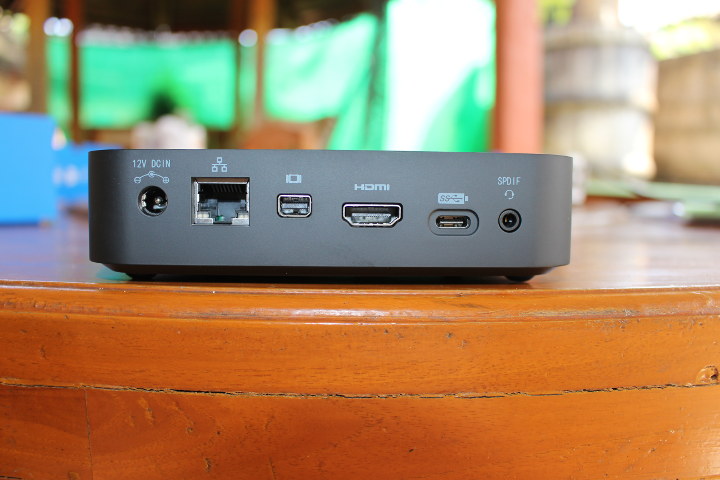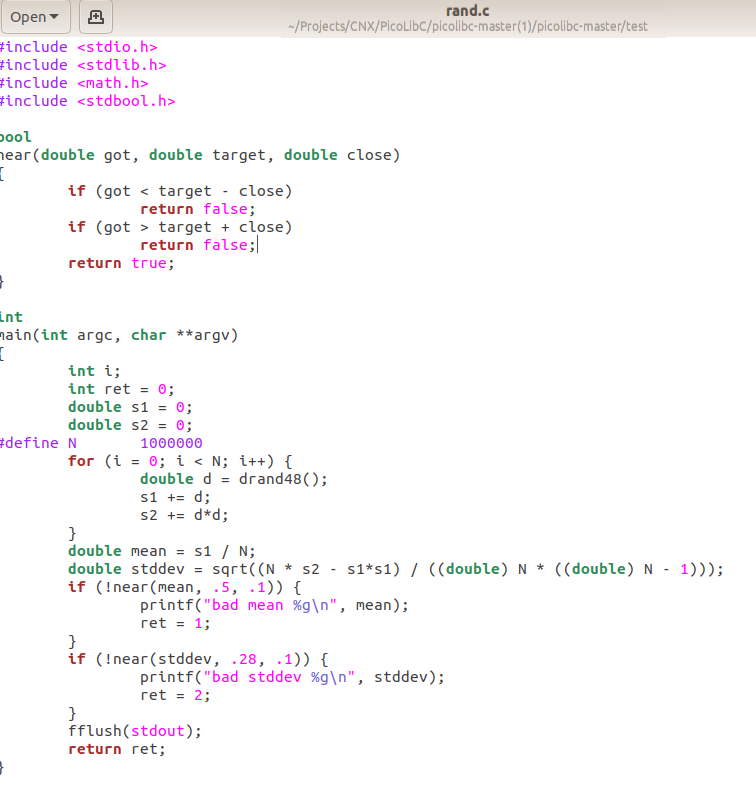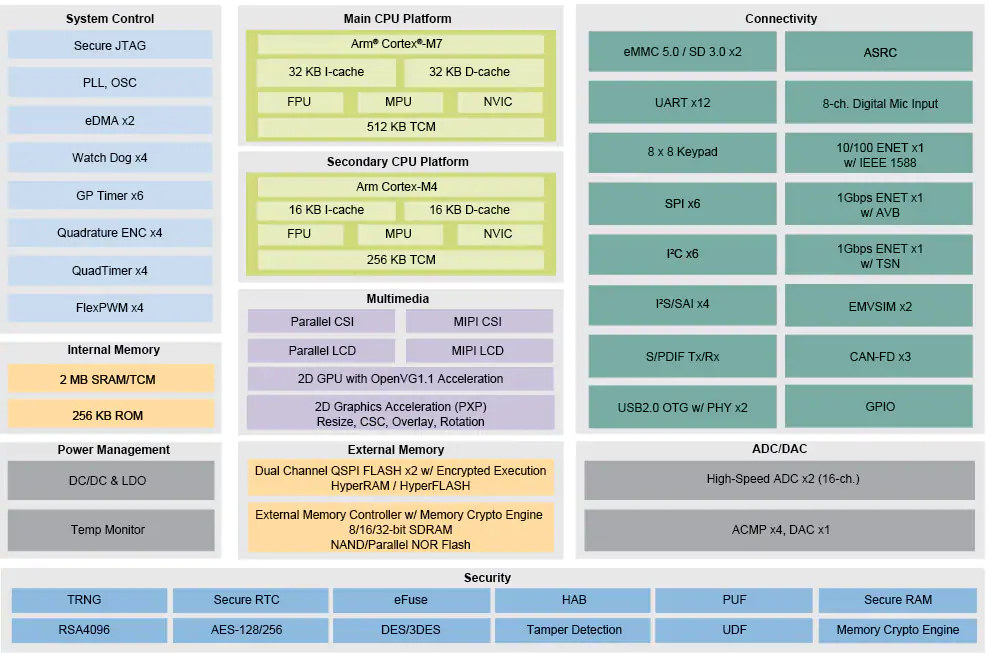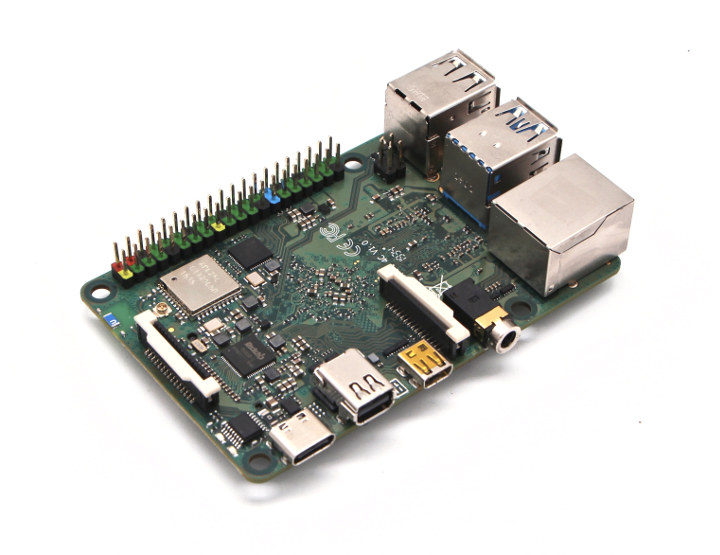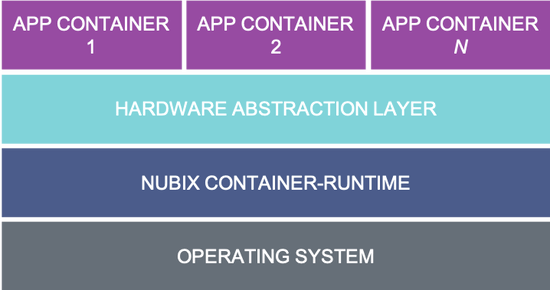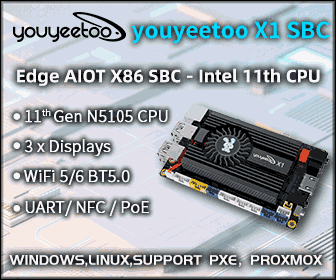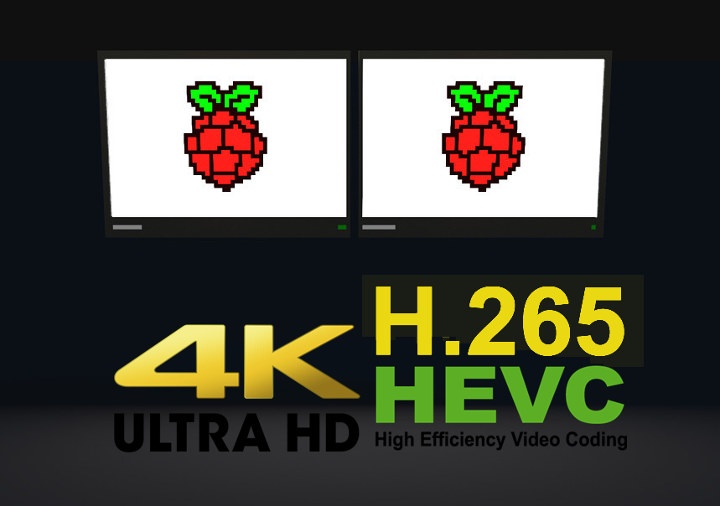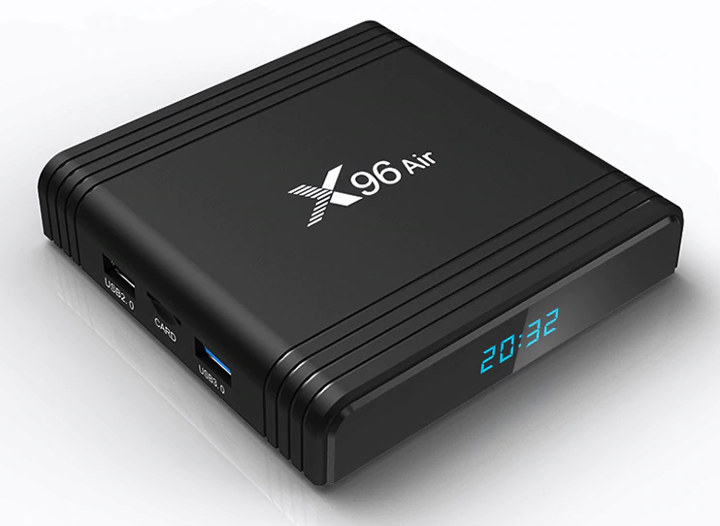MINIX demonstrated their latest fanless NEO G41V-4 mini PC at IFA 2019 together with a MINIX NEO J50C-4 mini PC that I thought was last year’s model since I reviewed it last September with Windows 10 Pro and the company’s MINIX NEO W2 air mouse for computers. So when I received another MINIX NEO J50C-4 sample for review I was confused but noticed the eMMC flash capacity was increased from 32GB to 64GB. So I asked, and it’s a relaunch due to the shortage of Intel Gemini Lake processors: The increased storage capacity, from 32GB to 64GB eMMC, is the only difference from the sample you received last year. While we announced NEO J50C-4 last year, due to the Intel CPU shortage we never actually officially released. The Intel CPU shortage meant we only sold a couple of hundred units that we managed to produce before the CPU stock ran […]
PicoLibC is a Lightweight C library for Embedded Systems
Well-known developer, Keith Packard has recently announced the launch of “picolibc” through his blog. Picolibc is a C Library for embedded systems which is suitable for small micro-controllers, and this standard C library API’s allows to run even in low memory (RAM) devices. This is an upgraded version of “newlib-nano” with few interesting changes which includes replacement of “stdio” lib with ATMEL-specific printf code adopted from avrlibc. As part of this library, Keith also launched picocrt, which is responsible for initializing memory and invoking various constructors before calling its own C program, the main function. Features picolibc is a revised version of newlibc, without full-fledged stdio lib and uses lightweight stdio lib from avrlibc, which is more suitable to low memory embedded devices. Meson build-system eases the build process of picolibc source tree for various target platform and hardware. Updated the math test suite to use Glibc as a reference […]
NXP i.MX RT1170 Arm Cortex-M7/M4 Microcontroller Clocks at One Gigahertz!
Microcontrollers used to be those cute little things that clock at 8 or 16 MHz, but in the last decade, Cortex-M3/M4 microcontrollers became more powerful with 100 to 200 MHz clocks being quite common. But with the introduction of Arm Cortex-M7 core about 5 years ago, microcontrollers are seriously starting to take over tasks that were previously reserved to faster microprocessors. As I remember it, the MCU frequency “race” started with STMicro STM32H7 in 2016 with an impressive 400 MHz, and NXP i.MX RT crossover processor clocked at 600 MHz a few years later. But with i.MX RT1170 microcontroller, NXP has upped the ante as the new MCU combines an Arm Cortex-M4 core clocked at 400MHz with Arm Cortex-M7 core running at an amazing one Gigahertz (1 GHz). The documentation has not been released and we have limited information, but here’s what we know about NXP i.MX RT1170 key features […]
Rock Pi 4C SBC to Support Dual Display Setups via micro HDMI and mini DP Ports
Rockchip RK3399 powered Rock Pi 4 SBC was introduced at the end of 2018 and followed nearly exactly Raspberry Pi 3 Model B form factor just with a more powerful processor, GPU, as well as more memory depending on which model you purchase. But in June 2019, the Raspberry Pi foundation launched Raspberry Pi 4 SBC with a much faster processor and many of the same ports as its predecessor except for support for two HDMI displays via micro HDMI ports. Radxa has now followed suit with Rock Pi 4C which offers two modern video outputs, but with a twist as the upcoming SBC combines one micro HDMI port with one mini DP port. Rock Pi 4C was introduced at the XDC 2019 conference where open-source graphics developers meet, and Radxa was a “supporter”. The company explains Rock Pi 4B uses RK3399’s USB type-C controller for the two USB 3.0 […]
ISPs and Governments Don’t Seem to Like Security and Privacy-enhancing DNS over HTTPS (DoH)
Now a lot of the traffic on the Internet is secure, and for example, if you visit this blog your traffic will be encrypted, so your ISP, government or hackers will not know which exact page you visit on the website. But unless you use a VPN or the Tor Network, they’ll still know/or find out you visited CNX Software as most DNS requests are now unencrypted. Hackers may also use a spoofed DNS to steal your credit card info while you think you input your details into a trusted website. Beside using a VPN service, one solution is to use DNS over HTTPS (DoH) which encrypts the DNS request so that even your ISP or the government (unless there’s a backdoor) may not know which websites you visit. On top of improving privacy, DoH also improves security, as it’s harder to spoof DNS servers and by extension internet websites. […]
Nubix Edge-native Tiny Containers for IoT Apps Released For Raspberry Pi and BeagleBone SBCs
Nubix has just launched the developer edition of its edge-native tiny containers for IoT application development and analytics that target microcontrollers and single-board computers such as Raspberry Pi 3/4 and BeagleBone Black. Typical cloud solutions such as Docker are often too large with tiny IoT devices, and to solve these issues, Nubix tiny containers are sized in kilobytes, instead of megabytes, or about 100 times smaller than a Docker container, in order to be small enough to run at the edge. Nubix.io provides access to a library of sensors, analytics and tiny services that leverage open source languages and pre-packaged functions to easily create IoT applications in a few minutes. Analytics is commonly done in the cloud, which may cause issues in environments with limited or intermittent connectivity, so to solve this issue, Nubix provides analytics functionality directly on the IoT device, eliminating the latency, bandwidth, connectivity and cost constraints […]
Raspberry Pi 4 Digital Signage Solution Supports 4K HEVC Video and Dual Display Setups
4K H.265 & dual-display digital signage for Raspberry Pi 4 The Info-Beamer, the company that started as a for-fun project at a hacker conference and turned into a now growing business has developed the first Raspberry Pi 4 OS that can use the HEVC (H.265) decoding system and support dual-display setups. The latest info-beamer hosted version 11 (aka hosted 11) is designed for 4K video quality digital signs, and the two HDMI ports on the Raspberry Pi 4 can be used simultaneously for mirrored output on two displays or span two video displays on digital signs. The company has reported that this solution can work on a video wall, like the info-beamer magic video wall. Previous Info-Beamer Previously there was an info-beamer hosted 10 released in February 2019 and that version is still applicable if wanted. All versions of Raspberry Pi are still supported but the OS 11 release focuses […]
X96 Air Amlogic S905X3 Android 9.0 TV Box Sells for $30 and Up
Amlogic S905X3 is the first Arm Cortex-A55 processor from the company, and we’ve seen it does not differ that much from the previous generation in our S905X3 vs S905X2 comparison. The Cortex-A55 cores have similar performance compared to Cortex-A53 cores., but S905X3 SoC does provide support for DDR4 memory up to 3200 MHz which may improve 4K HDR video playback and 3D gaming, as well a 1.2 TOPS NPU for AI workloads such as voice recognition. The first Amlogic S905X3 TV box launch we covered was Beelink GT2 Mini with price starting at just under $50 for the 2GB/16GB version and $70 with 4GB and 64GB RAM. Prices have now somewhat come down, but if you’re looking for a cheaper model X96 Air is now offered on Aliexpress for $29.39 including shipping with 2GB RAM, 16GB flash, while the 4GB/32GB variant is sold for $38.01, and up to $40.95 with […]


